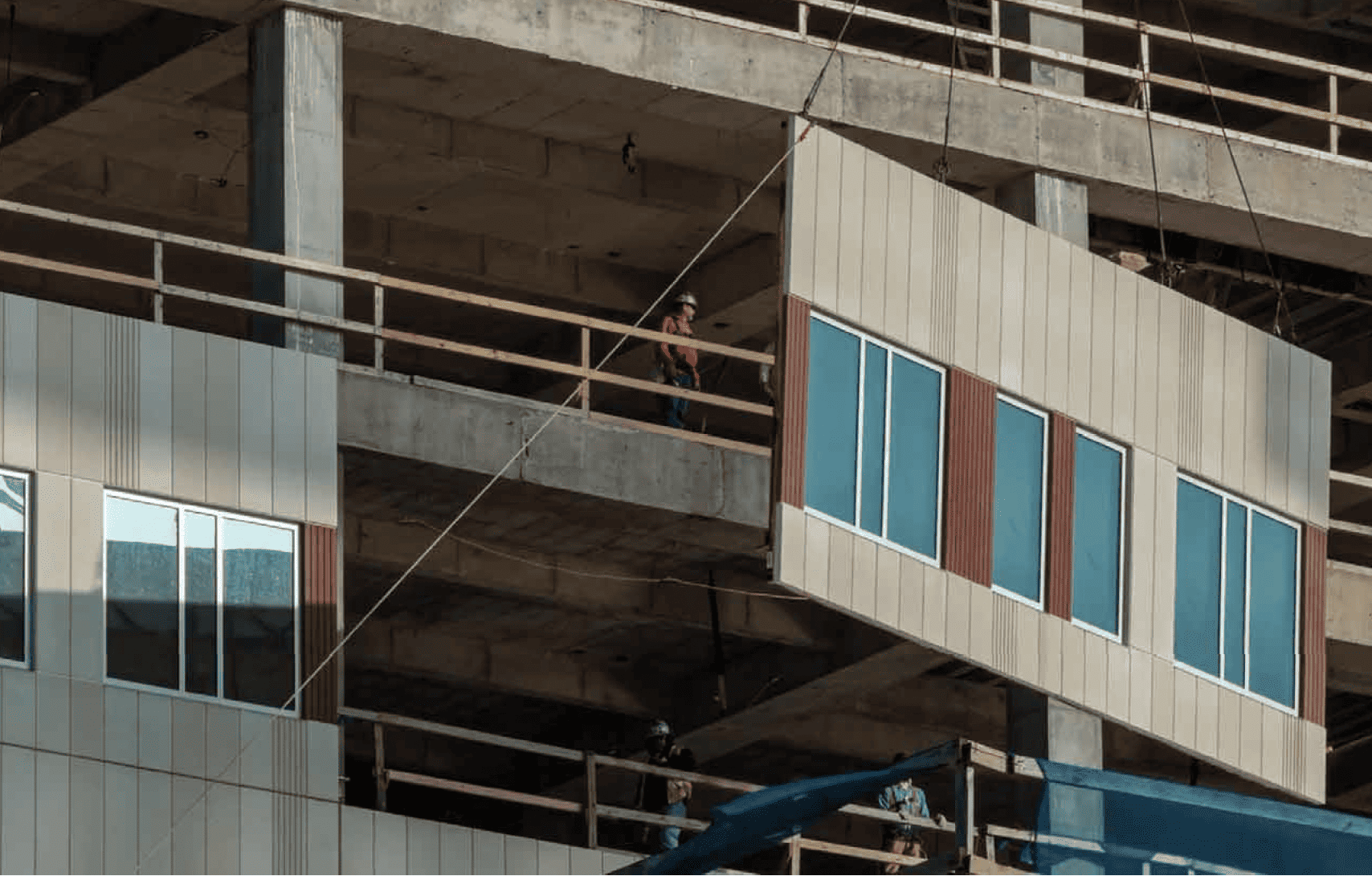An Investigation of Critical Barriers Hindering the Use of Precast Concrete Systems in the United States
Creating a Systematic Framework to Overcome those Barriers
Investigators
Pre-cast concrete construction offers a multitude of advantages in the building industry. It’s a cost- efficient option, reducing labor and material expenses while accelerating project timelines. Quality control is enhanced through the precision of off-site manufacturing, resulting in consistently durable components. It has mostly been used for parking garages, student housing, building facades, and for utility works. Despite the various benefits of pre-cast concrete construction, its market share in the overall construction industry was just 3.56% in 2021. Therefore, there is a need to identify the reasons for such a low implementation rate despite all mentioned benefits. This research study identified causes for minimal pre-cast concrete use in the construction industry and determined critical barriers that limited architects, engineers, and contractors from adopting pre-cast concrete construction. The study employed a mixed-methods research design and was divided into three phases. In the first phase, an extensive literature review and preliminary interviews with architects, civil engineers, and contractors were conducted. In Phase II, a survey was administered to determine to identify barriers from a larger group of experts. In Phase III, a systematic framework was created to be developed to overcome the challenges.
Note: Initially, the PI and co-PI had proposed to apply for an external grant i.e., Pre-cast Concrete Institute (PCI) Foundation grant 2023. We were successful in securing funding from the PCI Foundation. A total of $100,00 was granted for four years.

Related people:
Amna Salman,
Il Kim